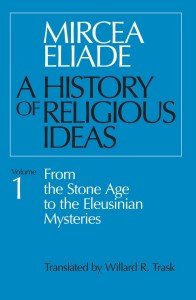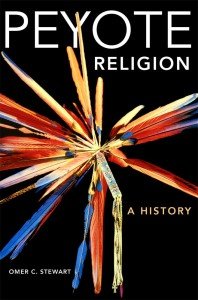Review of Like a Hurricane:
The Indian Movement from Alcatraz to Wounded Knee
An In-Depth Exploration of Indigenous Activism
Paul Chaat Smith and Robert Allen Warrior’s Like a Hurricane: The Indian Movement from Alcatraz to Wounded Knee is a seminal exploration of the American Indian Movement (AIM) during one of its most transformative periods. Published by The New Press in 1997, the book interweaves detailed historical analysis with powerful storytelling, chronicling the rise of Indigenous activism in the United States from the late 1960s through the 1970s. With its potent mixture of scholarship, narrative depth, and cultural insight, the book stands as a critical work for understanding both the history and the ongoing struggles of Indigenous peoples.
The Scope and Structure of the Narrative
Smith and Warrior situate the narrative within a turbulent era of American history. From the occupation of Alcatraz in 1969 to the standoff at Wounded Knee in 1973, the book traces the development of AIM as a grassroots movement driven by Indigenous communities seeking justice and sovereignty. The authors strike a balance between the significant events that defined the movement and the human stories of the activists whose lives were irrevocably shaped by them.
The book is structured into chapters that guide readers through critical moments of resistance, each vividly capturing the political and emotional stakes of the movement. While the occupation of Alcatraz reflects the symbolic reclamation of land and identity, Wounded Knee underscores the desperate resolve of Native communities to assert their sovereignty against systemic oppression. The authors masterfully highlight the evolution of AIM’s tactics, from symbolic acts to confrontational protests, showing the movement’s adaptability and resilience.
Historical Context and Analysis
One of the book’s greatest strengths lies in its depth of context. Smith and Warrior situate AIM within a broader historical context, connecting its rise to the Civil Rights Movement, the Vietnam War protests, and other countercultural forces of the time. This approach allows readers to appreciate the uniqueness of Indigenous activism while understanding its intersections with broader social movements.
The authors do not shy away from presenting the complexities and contradictions within AIM. They explore internal divisions, leadership conflicts, and the challenges of balancing radicalism with pragmatic objectives. By delving into these tensions, Smith and Warrior paint a nuanced picture of AIM as a movement driven by deep passion but fraught with challenges.
Humanizing the Activists
Smith and Warrior excel at bringing the stories of AIM’s leaders and participants to life. Figures such as Russell Means, Dennis Banks, and Leonard Peltier emerge not as distant heroes but as flawed and courageous individuals navigating the enormous pressures of activism. The authors’ commitment to portraying these individuals as multidimensional humans rather than mythologized icons adds emotional weight to the narrative.
Through interviews, archival research, and oral histories, the authors capture the voices of those who lived through these defining moments. Their stories are often raw, reflecting the personal costs of resistance—broken families, imprisonment, and enduring trauma. Yet, they also reveal the deep sense of purpose and solidarity that sustained the movement.
Symbolism and Cultural Resonance
The title itself—Like a Hurricane—is a metaphor for the force and intensity of Indigenous activism during this era. The authors explore the profound symbolism of the movement, both in its actions and its rhetoric. The occupation of Alcatraz, for instance, was not merely a protest but a symbolic reclamation of land and identity that resonated deeply with Indigenous peoples across the continent.
Similarly, Wounded Knee, the site of the massacre of Lakota people in 1890, became a powerful symbol of resistance and remembrance during the 1973 standoff. Smith and Warrior delve into the layers of meaning embedded in these events, showing how they drew upon history to inspire contemporary activism.
Critical Reception and Impact
Upon its release, Like a Hurricane was widely praised for its meticulous research and compelling storytelling. Scholars and readers alike lauded the book for shedding light on a period that was often overlooked in mainstream narratives of American history. Its blend of historical rigor and emotional resonance has made it a staple in academia and Indigenous studies.
Critics have noted the authors’ ability to navigate the fine line between advocacy and critical analysis. While the book is undeniably sympathetic to AIM’s goals, Smith and Warrior do not shy away from examining the movement’s shortcomings. This balanced approach enhances the book’s credibility and ensures its relevance to readers seeking an honest account of history.
Conclusion
Like a Hurricane: The Indian Movement from Alcatraz to Wounded Knee is an essential work for anyone interested in Indigenous history, activism, or social movements. Smith and Warrior provide a gripping account of AIM’s rise, capturing both the triumphs and tribulations of its journey. The book’s ability to combine historical analysis with deeply human storytelling makes it a powerful resource for understanding the complexities of resistance and the enduring spirit of Indigenous peoples.
With its incisive exploration of a pivotal era, Like a Hurricane reminds readers of the importance of remembering and honoring the struggles for justice and sovereignty. It is not merely a history book but a testament to the resilience and determination of those who dared to stand like a hurricane against the winds of oppression.






